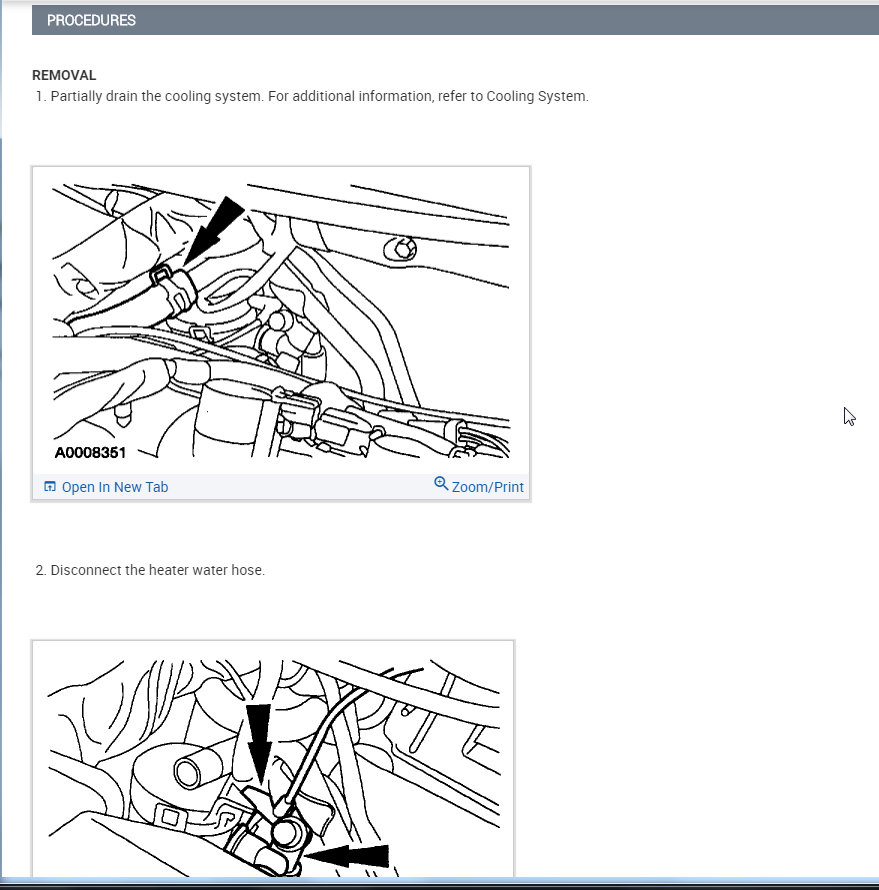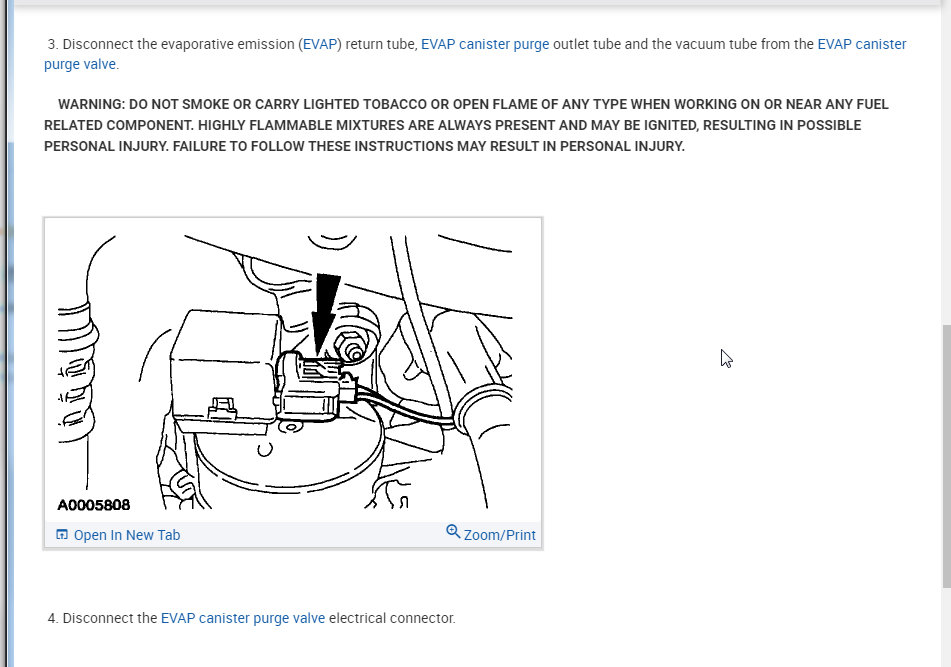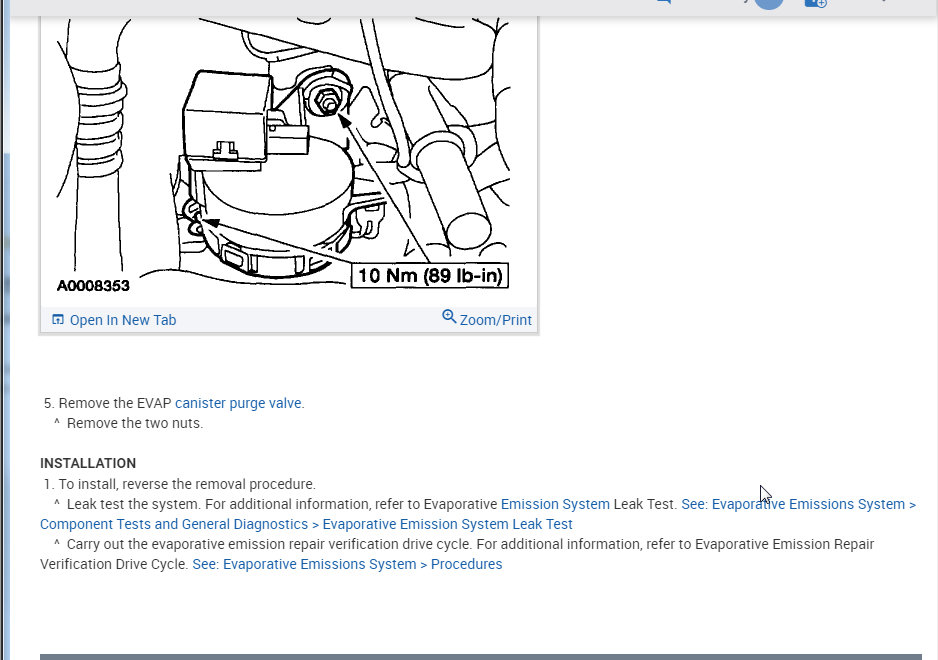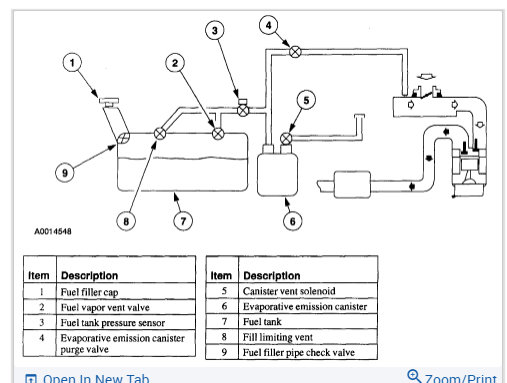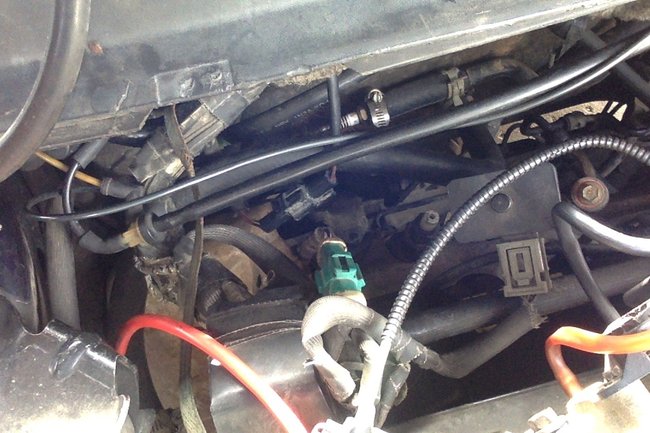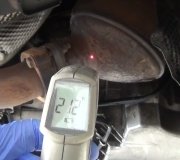The tube that you repaired is the oil filler neck ventilation tube. As you noticed, it resides between your valve cover (where the oil cap is) and your air intake.
If you noticed oil at the air intake/throttle body end of the hose, a little oil may have entered your throttle body and fouled your Intake Air Temperature sensor, or clogged up your Idle Air Control valve. To quickly check your IAT, remove your air intake from the throttle body (the intake may look like a stretched accordian on your car, or just a large hose coming from your air filter housing), and peer into the open hose. There should be a sensor poking into the air tunnel. Check for any greasy residue on it, and if needed, spray with it with a little non-chlorinated brake parts cleaner. A very dirty IAT sensor would cause a moderate amount of idle and driving problems.
The IAC is a module that is bolted onto your throttle body, and greatly effects the air getting to the engine. A fouled IAC will give you a rough idle, or if stuck open, could cause you to idle high. You can unbolt it from the throttle body and check inside to see if it is fouled. Bear in mind, even a small amount of black residue can indicate a clogged mechanism. Brake parts cleaner can only go so far with this part, so if you determine that this is the problem, you may have to replace it.
Further, a leak in the OFNV tube can cause a few crankcase pressure related problems, including:
Positive Crankcase Ventilation valves getting blown out, which would likely lead to vacuum leak behavior (which your driving problems indicate). The PCV valve is attached to a vacuum hose. Look around the rear of your engine; you may have a vacuum hose loose (or dangling) from it's nipple. If so, slide it back on.
With the OFNV tube disconnected, you can also stress seals in your engine. You will be looking at other things before worrying about this.
If the OFNV tube still doesn't have a tight seal, it could be causing a (slight) vacuum leak. Since your problems strongly indicate a vacuum leak, I would replace the tube.
Any hissing coming from your engine compartment will mean a major vacuum leak. The usual suspects for a vacuum leak are the emissions modules at the rear of the engine, at the break booster (right next to your brake pedal. You should be able to hear a hiss in the passenger compartment), or at your air conditioning vacuum supply hose. If you find a hissing hose, or even brittle cracked hose, replace it.
Just below your upper intake manifold (which probably looks like branching tubes that curve down into your engine), is the lower intake manifold. It has a gasket that runs all the way around your engine, and this seal is another place you can find an air leak.
Attention: Keep a fire extinguisher around for this part.
You can (carefully, and without wearing loose clothing or dangling jewelry), with the engine running, spray starting fluid at the seam where the lower intake manifold meets the rest of the engine. If the engine idle sound changes, you have found a gasket leak. You may wish to do this for the upper intake manifold gasket-seam also, though I have never personally run into a (noticeable) leak there.
If you find a leak in your gaskets, you will have to take the upper and (possibly) lower intake manifold off to change it. Get a maintenance manual from your parts store if you want to do it yourself, otherwise, call a shop.
Since you said your main problems happened when you are using air (and thus the vacuum supply to the a/c), I would suspect a combination of a small vacuum leak and fouled sensors.
Finally: Do you have a check engine light yet? An injector, ignition, or sensor problem usually turns it on if the oxygen sensors in the exhaust notice bad fuel/air conditions. Contact your local Autozone about reading your OBDII system; sometimes there are codes that don't light your dash up. Heck, your check engine light bulb may even be out!
Good luck!
Saturday, August 22nd, 2020 AT 10:10 AM
(Merged)
